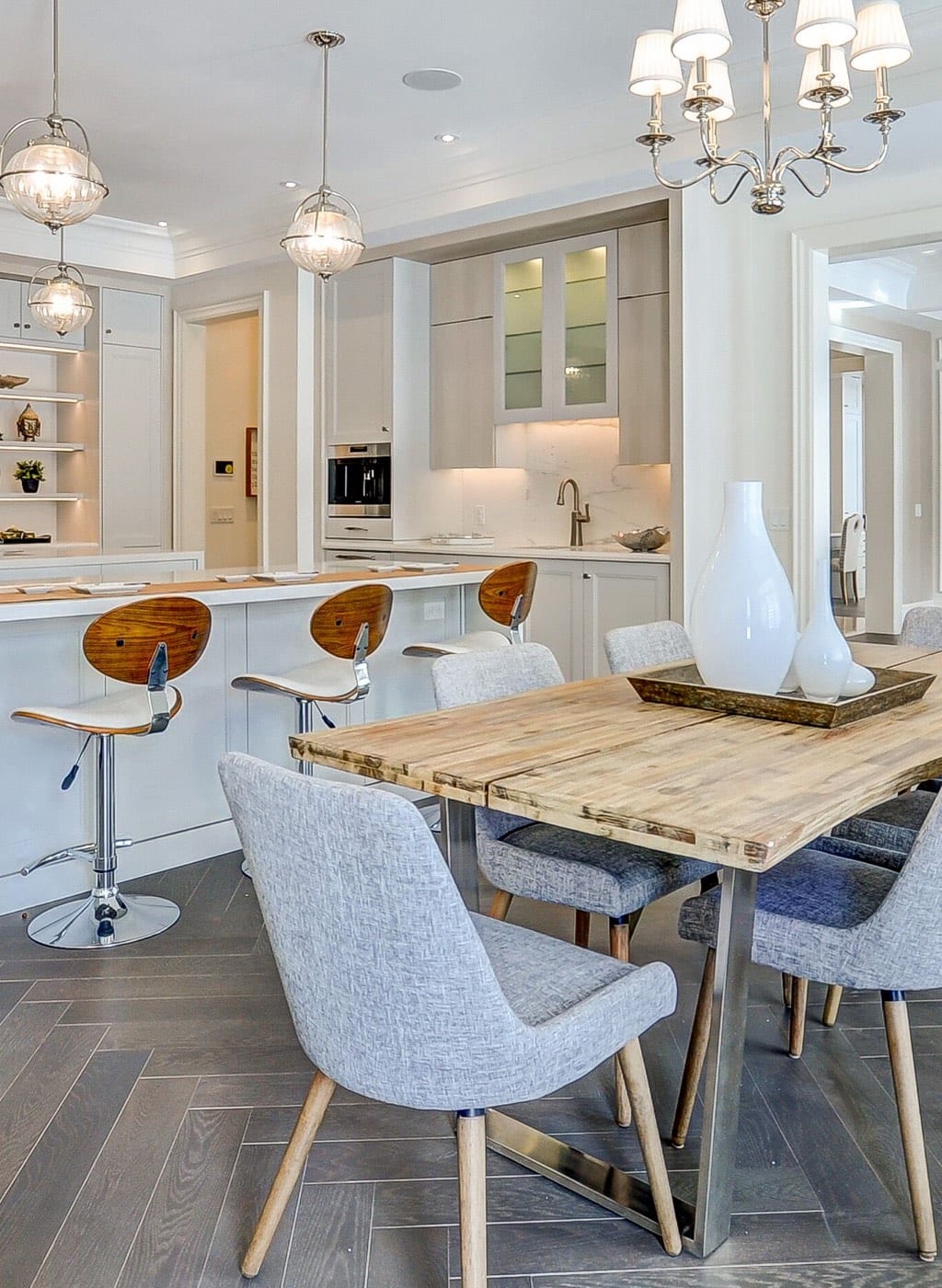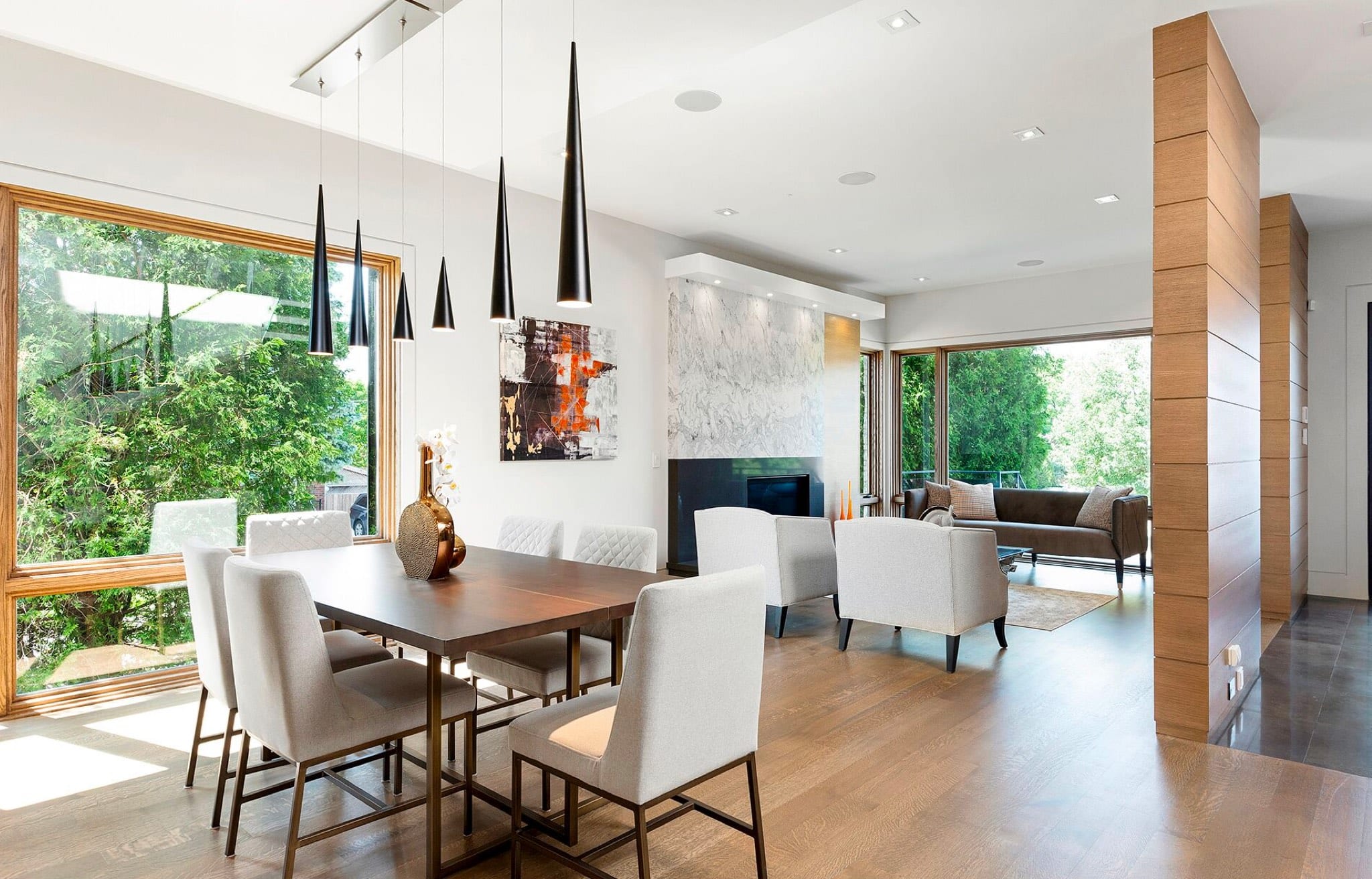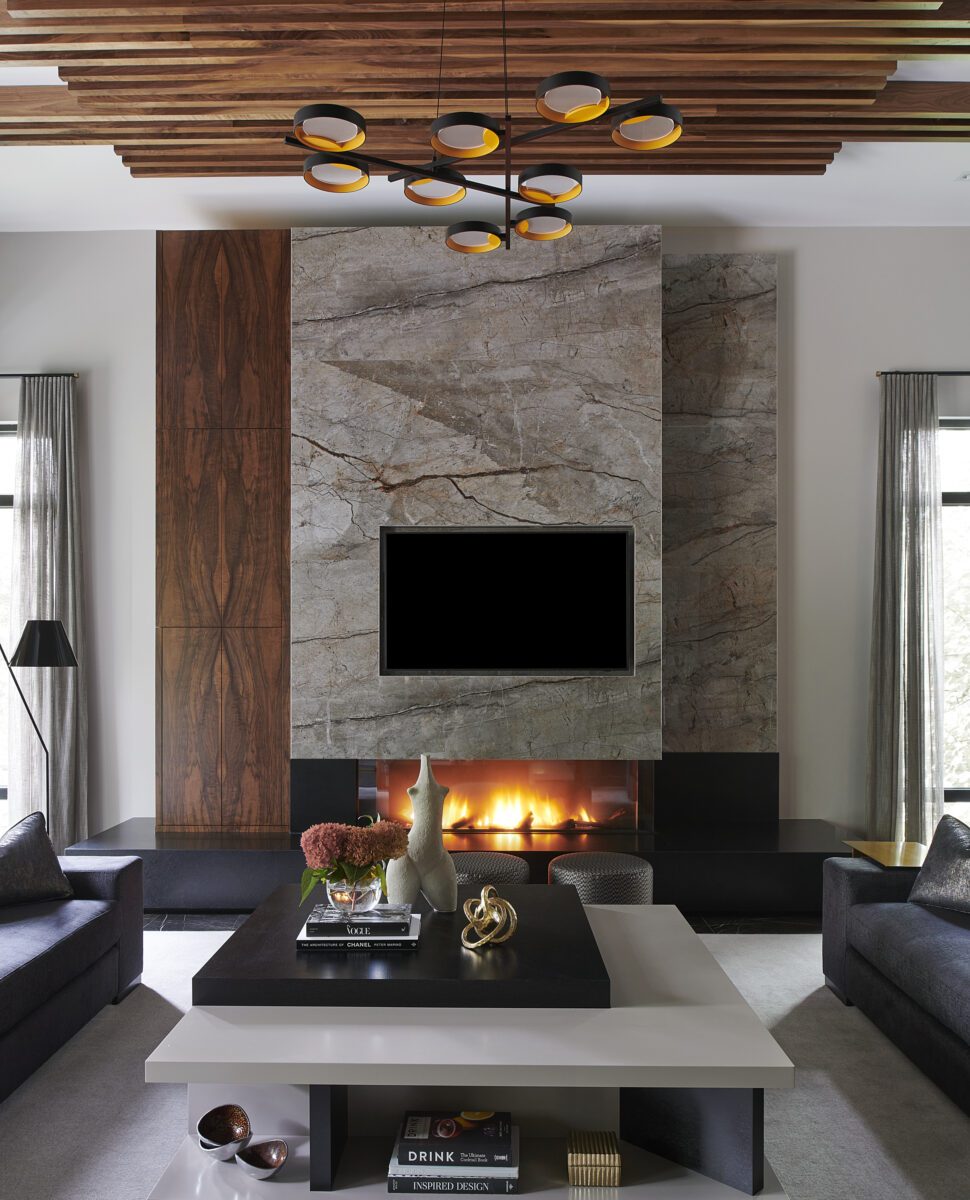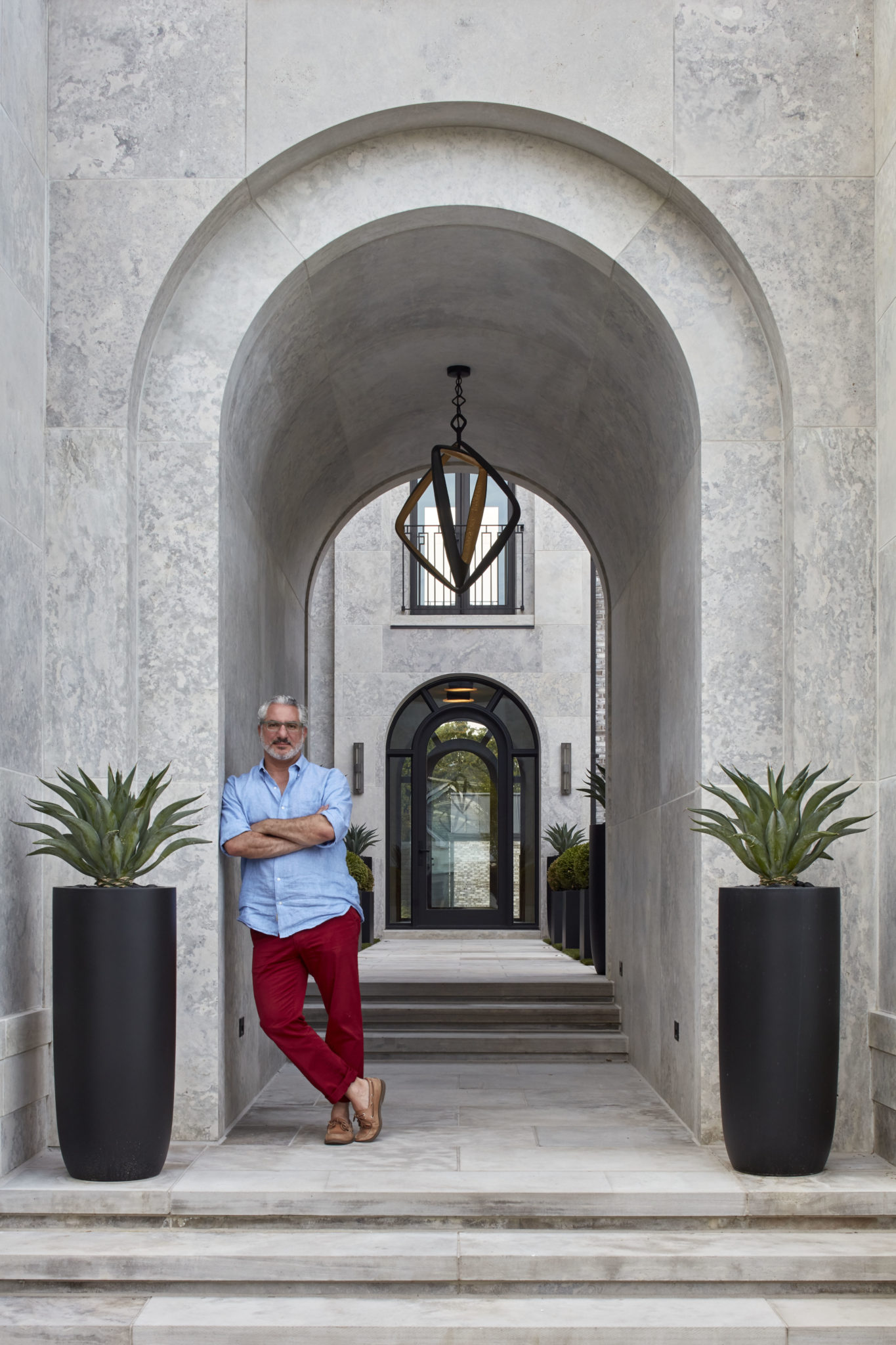
By Gianpiero Pugliese
Principal, Audax Architecture
The legendary Harvard University debate in November 1982 between Christopher Alexander and Peter Eisenman summed up the prevailing sentiment on two sides of the ideological spectrum of architecture.
On one side, Alexander, a proponent of design that respects tradition and history, argued for an approach to architecture that looks at patterns and typologies developed over centuries. He believed that the architect’s role is to bring harmony and balance to the built environment and that architecture should be beautiful.
On the other side, Eisenman argued that beauty should not be the goal, but rather that architecture should reflect the world’s reality. If that world is ugly and tortured, then our architecture should reflect this. Eisenman was the darling of the elite class of intellectuals. He exemplified an ideology that would end up pervading most architecture academic programs in the west.
In fact, beauty was somewhat of a taboo word during university. It could never be used as the rationale for the design decisions you made. Instead, if your project had ‘keywords’ related to some social justice cause or anticapitalistic rhetoric, then it really didn’t matter how ugly the design was. Beauty was out, and theory was in.
The most famous moment of that debate came when Alexander challenged Eisenman on the idea of harmony in architecture. Eisenman defended the idea that an architect might intentionally design a building that is in disharmony or even incongruent (academic-speak for “ugly”). Eisenman was defending many of the prevailing designs of the time that the general public found ugly. In response, Alexander famously stated to the audience, “I find that incomprehensible. I find it very irresponsible. I find it nutty. I feel sorry for the man. I also feel incredibly angry because he is f**king up the world.”
He later went on to say, “But the fact is that people who believe as you do are really f**king up the whole profession of architecture right now by propagating these beliefs. Excuse me, I’m sorry, but I feel very, very strongly about this. It’s all very well to say: “Look, harmony here, disharmony there, harmony here — it’s all fine.” But the fact is that we as architects are entrusted with the creation of that harmony in the world.”
After nearly 40 years, Alexander has fallen into relative obscurity, while Eisenman has entered the ivory tower of the club of global Starchitects. Over this period, a whole generation of young architects have lost touch with the historical tradition of architecture, to the point where drawing by hand has become a rare talent.
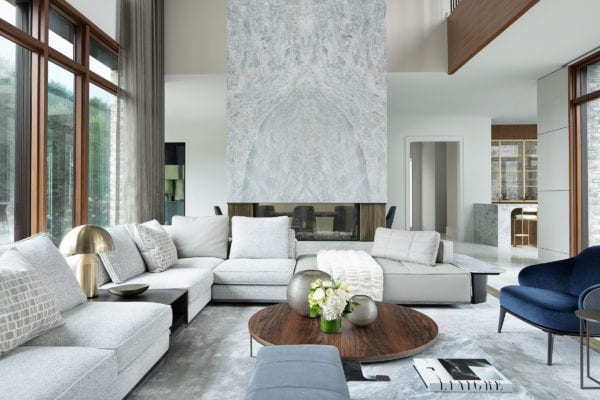
I don’t believe that life is ugly. Yes, it can be ugly at times, and we have lots of ugly moments in history, but the spirit of the human race is positive. When I think about architecture, I believe it should uplift and inspire, and historically, that’s what it did. It should aspire to perfect beauty and harmony, and to always pursue this unattainable state of being.
Over the course of my career, I have had to unlearn the lessons that I was taught during my academic experience. Thankfully, I was exposed to Alexander’s wisdom, and that gave me a window into how to approach design. This approach has evolved over the years into what I now call “human architecture.”

As part of my studio’s culture, Audax has researched and created this unique design philosophy which provides a robust foundation for our design work. The approach incorporates the best elements of traditional architecture and marries them with a modern aesthetic. Human architecture stems from the belief that many of the best aspects of traditional architecture were lost during the modern period, and from the recognition that modern design is a popular aesthetic within our culture today. By looking at the past through the lens of Modernism, Audax can bring back the tactile and human-scaled elements that were lost during that period.
Our most recent completed project called Villa Cortile is showcased in this article and exemplifies the principles of “human achitecture.”
The inspiration for this design was based on my studies in Venice, Italy, where I would spend my days walking through and loitering in the many courtyards surrounded by a collection of buildings. In these courtyards, you would have archways that connect different spaces and beautiful balconies overlooking the activities below. Often these spaces were punctuated by a single tree which added a soft element to the space.
The design of Villa Cortile is also based on a collection of individual buildings, some in stone and some in brick. The dining room pavilion facing the street is slightly lower than the rest of the house, allowing natural light to enter the courtyard. This element is finished with a standing seam zinc roof, while the upper roofs are rendered in slate.
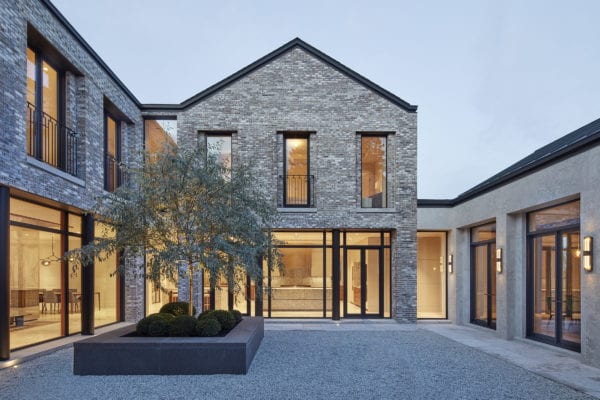
The main entry to the home is through the courtyard, creating a sense of arrival and giving the visitor a completely unique experience to what most houses offer. The courtyard is the heart of the home, and the principal rooms all face onto this space. Given the layout, these rooms benefit from receiving natural light from two sides.
For this project, we completed both the architecture and interior design. This is based on a historical principle where the design of the interior was always part of the design of the building. The ceiling of the dining room took inspiration from the beautiful plaster work of the Villa Necchi in Milan. The homeowners, who are of Italian descent, also understood the beauty behind the Minotti furniture which finished off the interior.
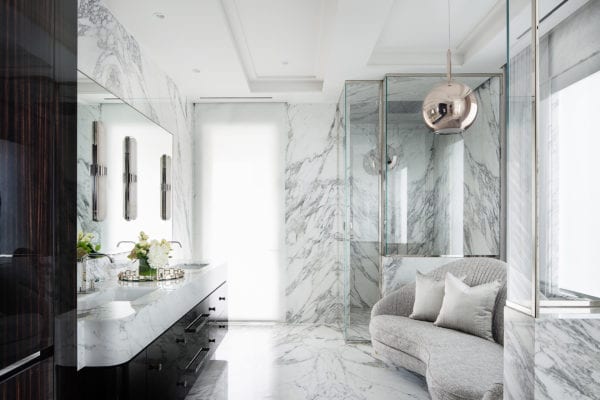
By looking to the past for guidance, while pursuing a modern aesthetic, the design of Villa Cortile has a familiarity and warmth, but is still able to surprise and delight. My hope is that the next generation of architects take a moment to reflect on how their work sits within a historical context. We should look both at the past and into the future, and remember that we are simply part of a continuum of the human experience.
Link to the debate
http://www.katarxis3.com/Alexander_Eisenman_Debate.htm
Gianpiero Pugliese is Founding Principal of Audax. His current work explores the relationship between traditional design principles and the modern aesthetic. For more information, visit Audax.ca

